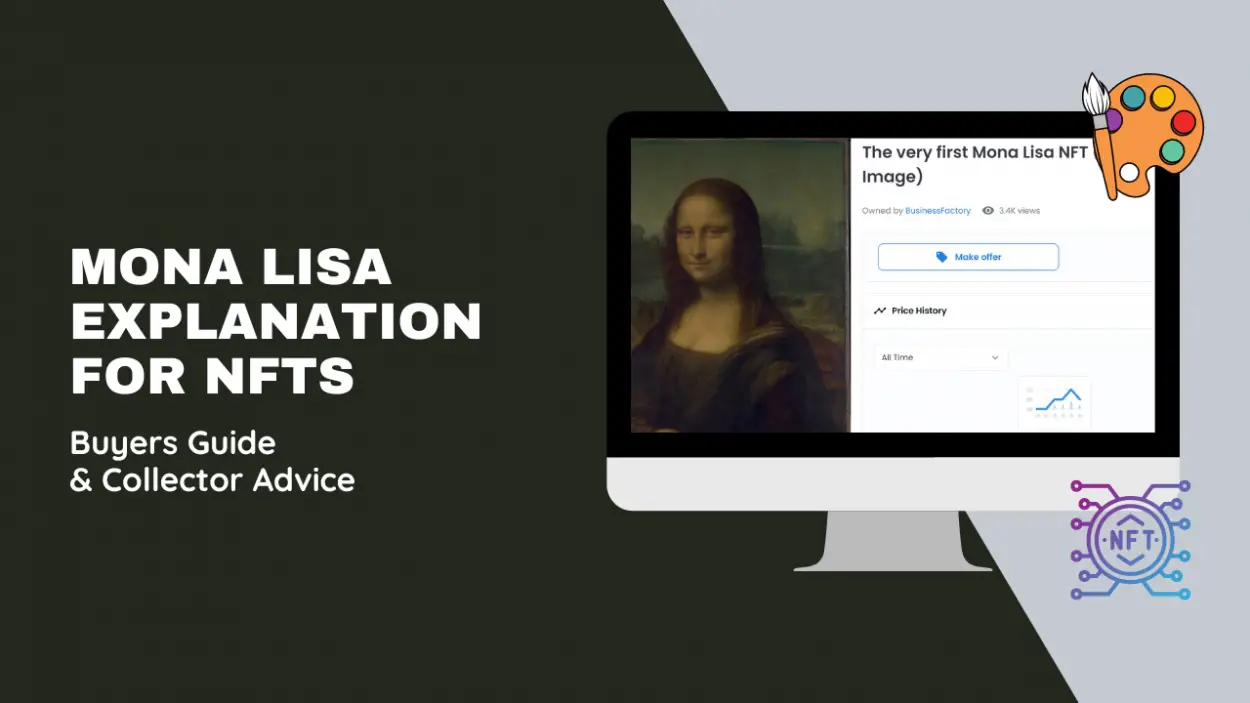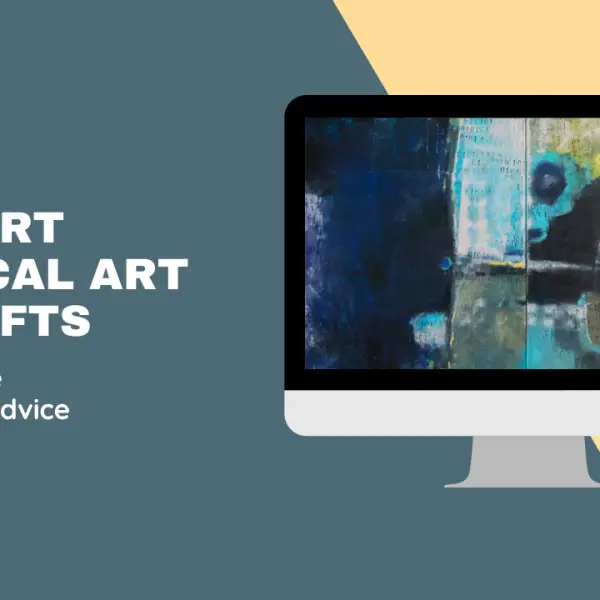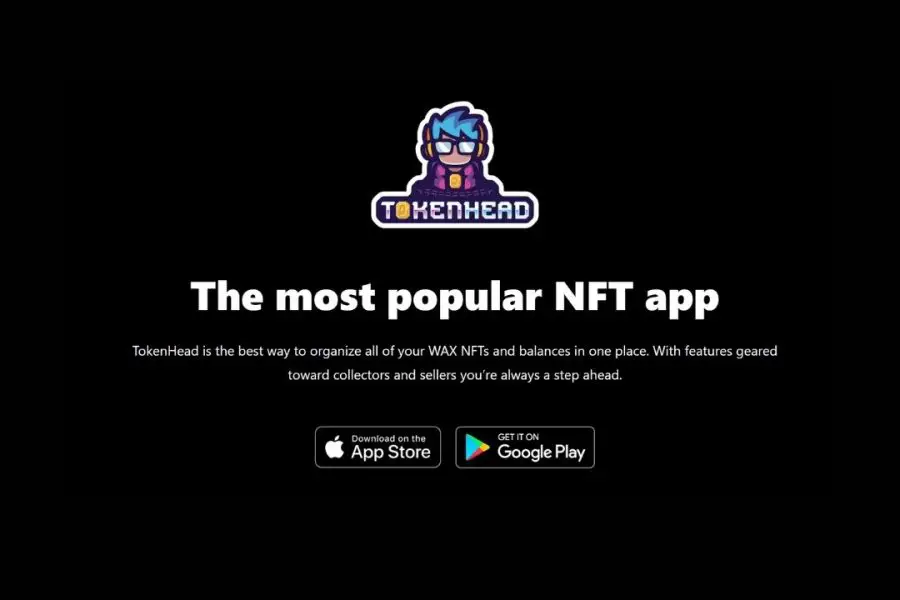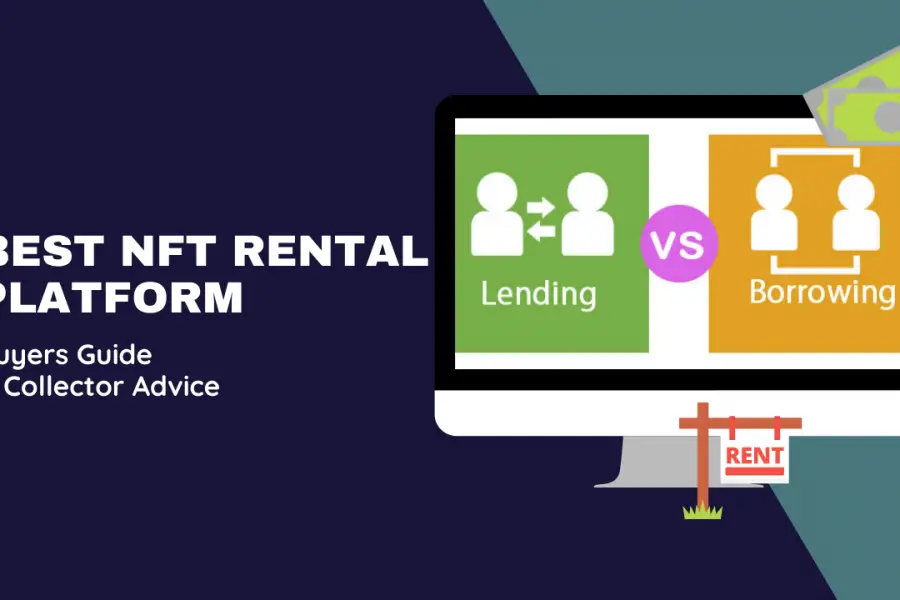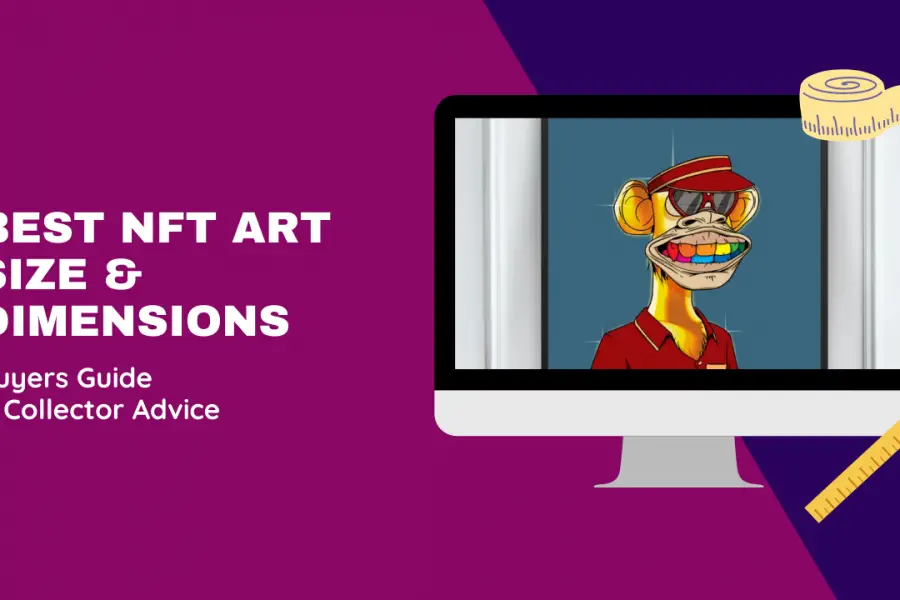Normalizing conversations around non-fungible tokens (NFTs) started with the Mona Lisa NFT Explanation to address a fear around asking about them.
Our article explains what you need to know about the origins of the Mona Lisa NFT explanation, the proper definition of nfts, and three powerful reasons why the Mona Lisa explanation went viral online.
Let’s dive in:
Why Reference the Mona Lisa When Talking About NFTs?
Non-fungible tokens are difficult to grasp due to the complexity of this technology; therefore, to simplify the explanation of what NFTs are, people utilize the Mona Lisa.
Because of the popularity of the reference, it became an example that evolved into a meme.
For example, if an artist plans to have an online exhibit to showcase their paintings, they may be concerned about others reciprocating or forging their artwork.
That’s how non-fungible tokens play a role because they can help prevent this from happening.
What’s an NFT?
An nft is a non-fungible token that uses an intelligent contract to turn your digital assets like paints, photos, or videos, into one of a kind, by creating a unique signature.
It defines the ownership of these digital assets and can translate into real money using crypto-currencies.
3 Reasons for Mona Lisa NFT Explanation (How & When It Originated)
As non-fungible tokens grew in popularity, social media users began to ask questions like “what’s an nft?” and “why are NFTs important?” through various platforms such as Tumblr, Reddit, and TikTok. Social media users answered these questions through long-form and short-form content.
Since non-fungible tokens became mainstream and got introduced through various industries, along with discussed on national news outlets like MSNC or Fox Business, the Mona Lisa nft explanation continued to help provide context to this technology in a simple way.
1. ‘Explain It to Me Like I’m Five’ Became a Popular Way to Description NFTs.
As those new to NFTs were unclear about how they work, videos on TikTok went viral to answer this question effectively and in under 60 seconds.
But unfortunately, most people didn’t clearly define what that word meant and how it related to why jpegs on the internet were selling for millions.
2. Mona Lisa is Relatable, Relevant, and Well-Known.
Most individuals learned about Mona Lisa through education or understanding art history, making it an easily digestible example. When in school or talking with others, Mona Lisa was known for being one of the most priceless works of art ever.
3. Copyrights Matter: Was the Mona Lisa Stolen & Can NFTs Become Stolen?
Giving credit to the artist becomes essential, especially when an art piece becomes in high demand.
When non-fungible tokens become minted to the blockchain, they will always retain the public record of ownership, giving artists their credit.
When collecting expensive art, there’s a risk associated with it. Because it’s only worth what someone is willing to pay for it.However, most artwork can go for millions, and this becomes a valuable asset that others want to steal if not protected.
Like how artists have experienced people stealing their work and trying to sell it for a profit without appropriate identification, there is a rising concern that nfts will get stolen, as the Mona Lisa was originally, even though it was gets restored.
Especially when it comes to who truly owns the copyright to this artwork in the first place, non-fungible tokens make it easy for artists to retain all copyrights to their original artwork. In contrast, others can own unique, one-of-kind versions.
Best Mona Lisa Explanation For New NFT Collectors
A physical painting by Leonardo da Vinci called the ‘Mona Lisa‘ became a rare piece of art in Italy and was highly sought-after back in 1503.
In this example, individuals use a what-if scenario to explain why the Mona Lisa relates to non-fungible tokens: “Imagine if you owned the Mona Lisa NFT you have the digital deed which shows you are the rightful owner.
There’s public proof you are the sole owner of this non-fungible token, the Mona Lisa, because it lives on a public ledger called the blockchain.”
Individuals can “right-click” save or screenshot. Here’s a TikTok video which explains more in under 60 seconds:
@metaversemara Reply to @originalmikmik the simplest explanation of NFTs #greenscreen
♬ Monkeys Spinning Monkeys – Kevin MacLeod & Kevin The Monkey
What’s the Mona Lisa Meme on Tumblr?
Tumblr’s effort was to showcase how futuristic non-fungible tokens are and (at the same time) explain how unhinged the concept of ownership via the blockchain is in the modern-day folks.
See the example below:

Imagine going up to the Mona Lisa and saying, “I’d like to own this.”
Someone nearby said, “Give me 65 million dollars.
I’ll burn down an unspecified amount of the Amazon rainforest to give you this purchase receipt,” so you paid them, and they said, “here’s your receipt, thank you for your purchase.”
Some feel it’s similar to when someone buys a star in the galaxy. Since buying a star can be difficult to touch or see; however, the piece of paper confirms that you own it.
Another example individuals feel it’s relatable is putting your name on a building. For example, a library or a university as a tax write-off. For example, the name is next to an item on the registry and gives individuals the feeling of ownership.
Why Mona Lisa NFTs Are For Sale On OpenSea

Since the increase in attention around explaining what a non-fungible token is and why they are popular. There have been fake digital images of the Mona Lisa for sale as NFTs via OpenSea.
While legally, it doesn’t break any laws to sell a reciprocate mona list nft on the market.
This practice is a scam and a red flag for those new to the nft community. Taking the time to understand not all nft listings are genuine is essential.
Remember The Mona Lisa NFT Explanation was to assist mainstream talks about non-fungible tokens (NFTs).
Unfortunately, the value of a Mona Lisa NFT isn’t real; instead, focus on finding the next upcoming Mona Lisa by uplifting new artists.
If you’ve enjoyed reading about nft explanation origins, you may also like:
